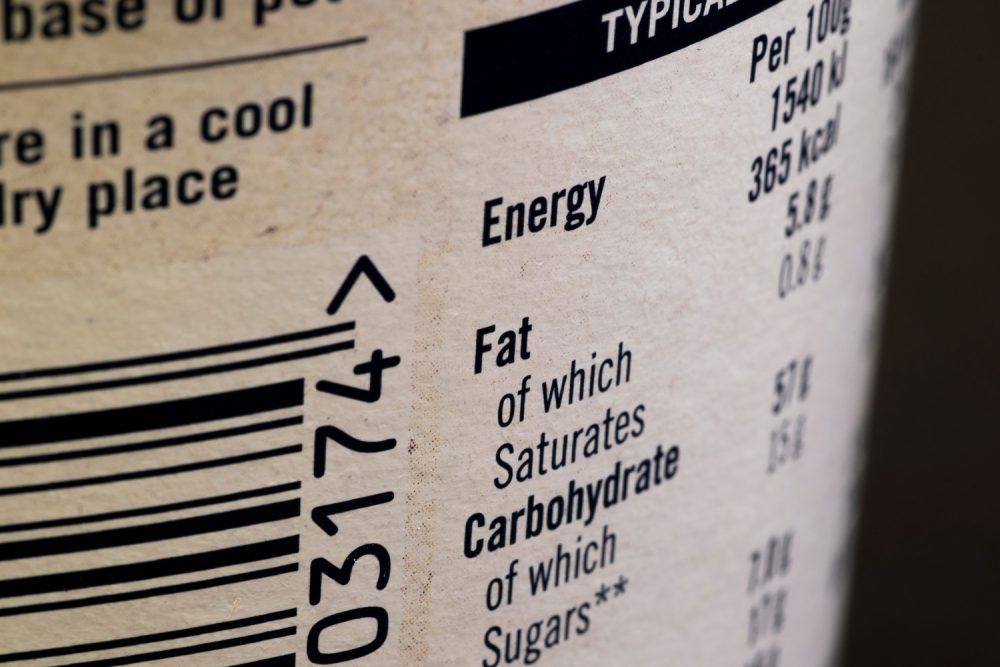Advertisment
Are nutritional warning labels effective at steering consumers away from unhealthful foods?

In 2016, Chile introduced the gradual implementation of a comprehensive and mandatory food labeling law that was designed to warn consumers of the risks of unhealthy foods. To do so, the law required that if a product contained excessive amounts of certain nutrients (such as sugar), which are considered unhealthful if consumed in large quantities, the product should display mandatory warning labels on the packaging. Moreover, several other countries have already adopted these new warning labels.
This led researchers to wonder whether the new regulation would have any effect. After conducting extensive research, the results showed that the impact of warning labels is different across product categories and demographics.
The researchers’ study, published in the current issue of the INFORMS journal Marketing Science is titled “Identifying Food Labeling Effects on Consumer Behavior,” and is authored by Sebastian Araya, Carlos Noton and Daniel Schwartz, all of the University of Chile and affiliated to the institutes of Market Imperfections and Public Policy (MIPP) and Complex Engineering Systems (ISCI), and Andres Elberg of the Pontificia Universidad Católica de Chile.
“During the transition toward compliance, store shelves included existing inventories of packaging (without warnings) from before the regulation was enacted, and new products whose packaging was compliant with the new regulation,” says Elberg. “This enabled us to collect daily data on the label status of specific products (at the Universal Product Code [UPC] level) and watch for deviations in purchasing patterns across time and stores.”
The study authors combined label information with individual-level transaction data from one big-box retailer. They focused on three categories that included many products that were expected to require warning labels: breakfast cereals, chocolates and cookies.
The researchers found that shopper responses to the warning labels varied between the product categories.
“In the breakfast cereal category, the warning labels reduced the purchased volume by 6.2%,” says Schwartz. “In the chocolates and cookies categories, we found inconclusive evidence, meaning we could not see a noticeable impact on sales.” He concludes, “Food labeling information may be necessary but not sufficient to boost consumers’ healthier choices.”
“The breakfast cereals category revealed the most,” says Noton. “Our estimates from a household analysis indicate that medium- to low-income consumers, along with families with children, are indeed sensitive to warning labels. These findings are based on actual shopping behavior that may differ from what people say they do.”
“This effect is probably best explained by a noticeable shift in purchasing from unhealthy to healthy products, and to a lesser degree, a reduction of purchase in that category,” adds Araya.





